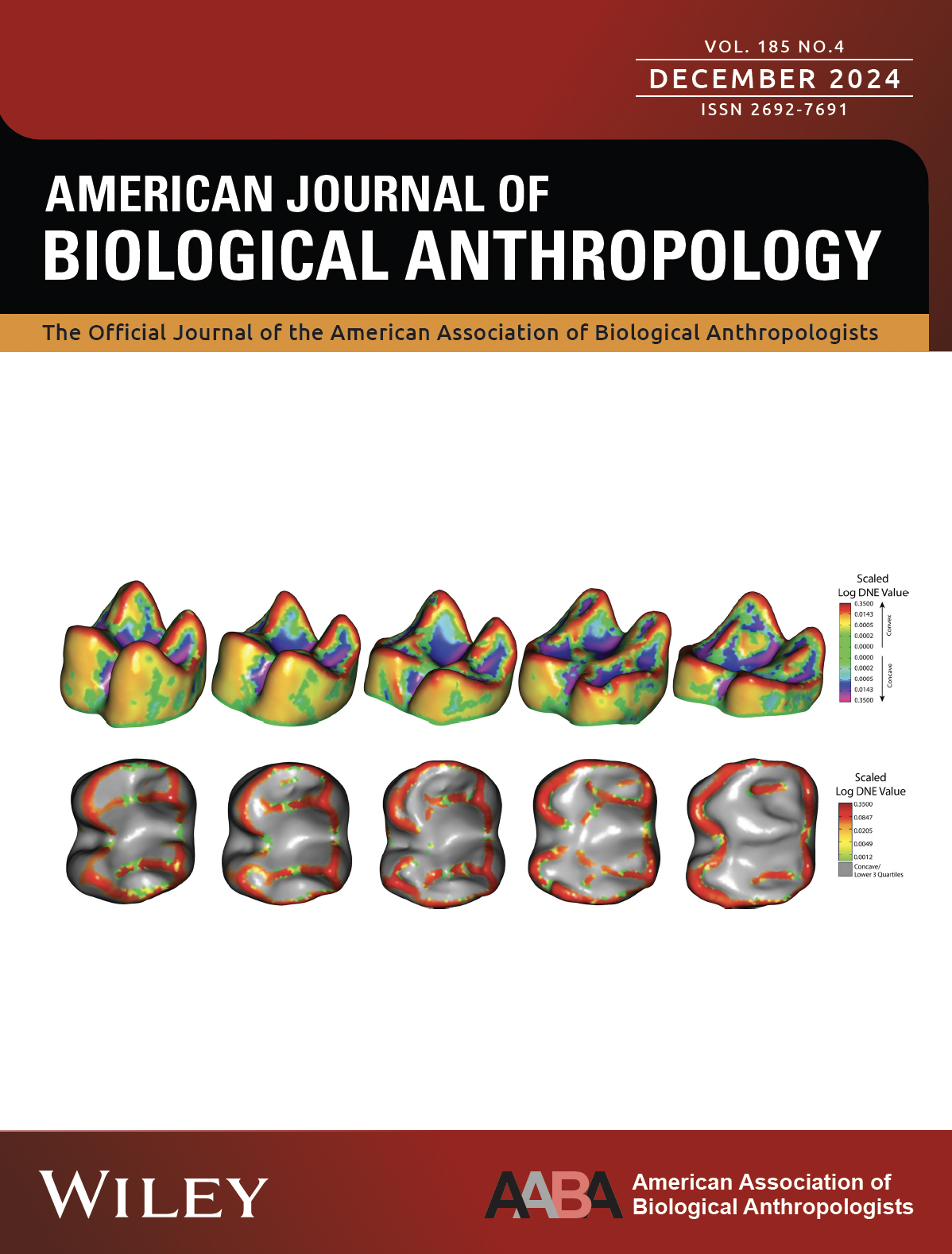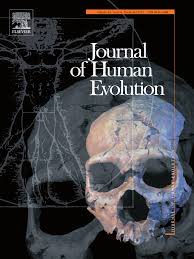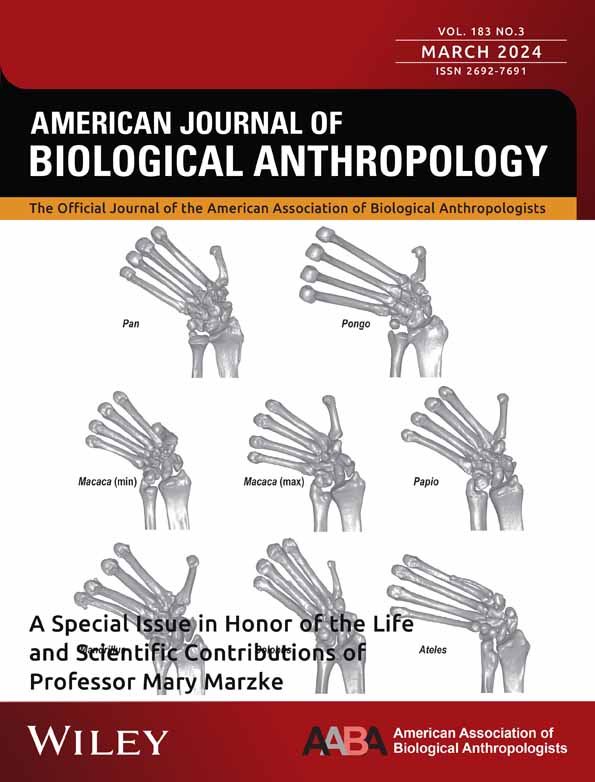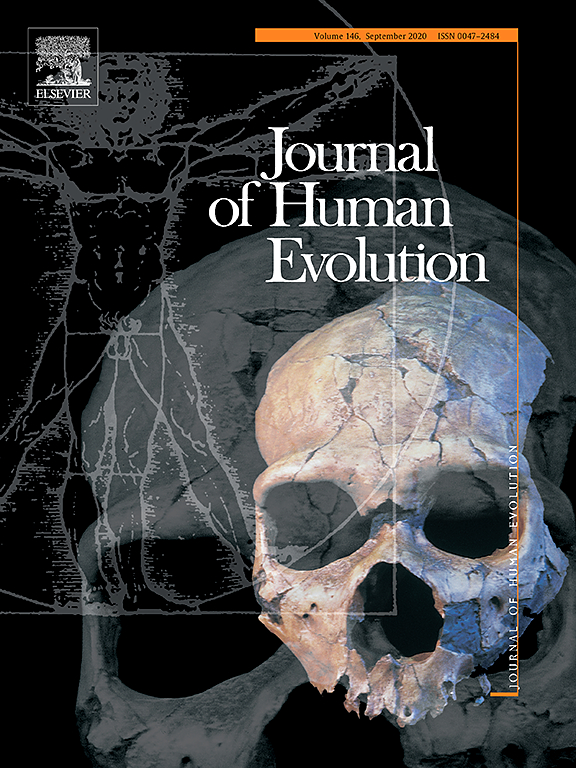
Australia’s top 250 researchers in 2026
For the second consecutive year I have been named among Australia’s Top 250 researchers in the 2026 Research Magazine published by The Australian. I have been recognised as national leader in the field of Anthropology. The Research Magazine’s team looked at the number of citations for each paper published in the best 20 journals of each particular field over the past five years. This is not only a great result individually, but it also demonstrates the quality of the work








